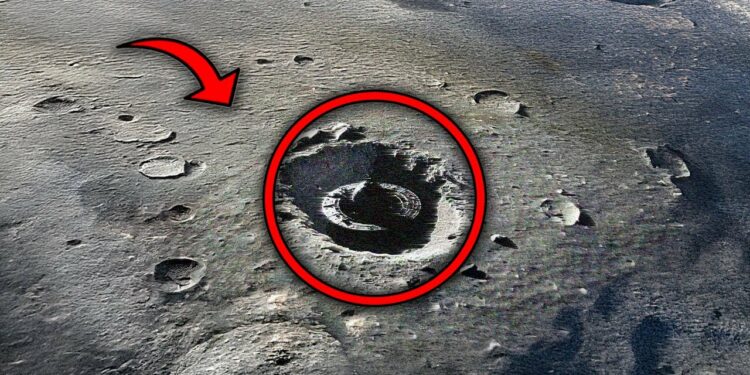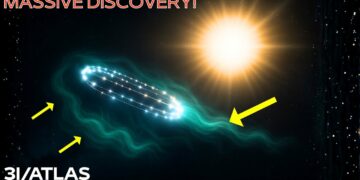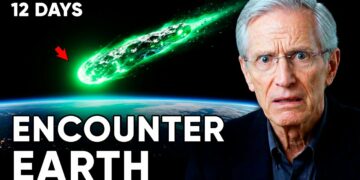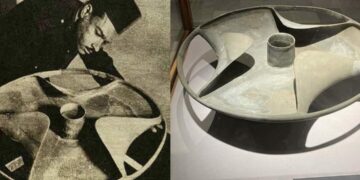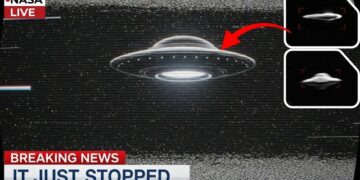The Apollo Program: A Historic Achievement
The Apollo program, initiated by NASA in the early 1960s, marked a pinnacle of human space exploration, culminating in the iconic Apollo 11 moon landing in July 1969. The program, which ran until December 1972 with Apollo 17, achieved multiple successful lunar landings, advancing scientific knowledge and human spaceflight capabilities. Using tools like the lunar roving vehicle, later missions (Apollo 15, 16, and 17) explored mountainous regions to study the moon’s geological history. However, as public interest waned and budget constraints grew, NASA shifted focus to the Space Shuttle program, ending the Apollo missions. Despite these accomplishments, rumors of a secretive Apollo 20 mission have fueled conspiracy theories, captivating UFO enthusiasts and skeptics alike.
The Apollo 20 Conspiracy: An Alien Spaceship?
Unlike the well-documented Apollo missions, Apollo 20 is shrouded in mystery, with claims it was a covert 1976 operation to investigate an extraterrestrial spaceship on the moon. According to conspiracy theorists, this joint U.S.-Soviet mission targeted a crashed alien craft near the Delporte Crater. In 2007, a retired French individual, known only by the initials “P,” released videos and alleged documentation claiming Apollo 20 discovered a thousands-year-old spacecraft containing advanced technology, artifacts, and even preserved extraterrestrial bodies. These claims, amplified by social media, describe astronauts entering the craft, dubbed “RS-1,” and finding evidence of an advanced alien civilization. However, NASA and experts dismiss these assertions, citing inconsistencies, lack of official records, and no corroborating evidence, labeling the narrative a hoax.
Apollo 17: The Final Official Mission
Apollo 17, launched on December 7, 1972, was NASA’s last Apollo mission and its most ambitious. The crew—Commander Eugene Cernan, Lunar Module Pilot Harrison Schmitt (a geologist and the first scientist on the moon), and Command Module Pilot Ronald Evans—targeted the Taurus-Littrow Valley, a site rich in volcanic and impact features. Launched from Kennedy Space Center on a Saturn V rocket, the mission included the Command Module America and Lunar Module Challenger. Cernan and Schmitt landed on December 11, 1972, conducting three moonwalks totaling 22 hours, collecting 243 pounds of lunar samples, and deploying experiments like the lunar seismic profiling and solar wind composition studies. Their work significantly advanced understanding of the moon’s geological evolution. The crew returned to Earth on December 19, 1972, marking the end of NASA’s lunar landings.
Why Apollo Ended
The cancellation of further Apollo missions, including the rumored Apollo 18, 19, and 20, stemmed from budget cuts, shifting priorities, and declining public interest post-Apollo 11. Economic challenges, inflation, and domestic issues like the Vietnam War and civil rights movements reduced Congressional support for costly lunar missions. NASA redirected resources to the Space Shuttle program and Skylab, focusing on sustainable space exploration and long-duration missions in low Earth orbit. The Apollo 1 tragedy in 1967 also heightened safety concerns, prompting rigorous spacecraft design improvements. These factors, combined with the sense of accomplishment from six successful moon landings, made further Apollo missions unnecessary in the eyes of policymakers.
The Apollo 20 Claims: Fact or Fiction?
The Apollo 20 conspiracy alleges a secret mission sanctioned by President Richard Nixon, involving astronauts William Rutledge, Leona Snyder, and a mysterious Dr. Z. Proponents claim they explored a massive alien craft, finding preserved bodies and advanced technology. Rutledge, purportedly a former Air Force commander, emerged in the 2000s with photos and videos allegedly showing the craft and artifacts. Critics, however, note the absence of NASA documentation, unverifiable credentials, and manipulated or misinterpreted lunar images. Many photos are attributed to pareidolia, where natural lunar features resemble familiar shapes. The scientific community widely rejects these claims, emphasizing NASA’s meticulous record-keeping and the logistical improbability of a secret lunar mission.
The Mona Lisa Myth
A related conspiracy, the “Mona Lisa on the Moon,” claims Apollo missions captured images of an alien woman resembling Leonardo da Vinci’s painting. This myth, rooted in pareidolia, suggests lunar photos reveal faces or figures, interpreted as evidence of extraterrestrial life. Popularized in UFO forums and media, these claims lack scientific backing and are dismissed as misinterpretations of natural lunar formations. The allure of such stories reflects public fascination with alien life and government cover-ups, but no credible evidence supports these narratives.
William Rutledge and the Conspiracy’s Appeal
William Rutledge, central to the Apollo 20 narrative, claimed to have been an astronaut on this secret mission. His accounts describe entering an alien craft and discovering mummified remains, fueling speculation about government secrecy. However, investigations reveal no official record of Rutledge’s NASA involvement, and his images are considered altered or misidentified lunar features. Despite skepticism, his story resonates with those drawn to UFOs and hidden truths, highlighting the tension between belief and evidence in space exploration narratives.
Legacy and Skepticism
The Apollo program’s documented achievements contrast sharply with the unverified Apollo 20 claims. Apollo 17’s scientific contributions, from lunar samples to geological insights, remain a cornerstone of planetary science. Meanwhile, the Apollo 20 conspiracy thrives on public intrigue with extraterrestrial life and distrust of institutions. While NASA maintains that Apollo 17 was the final mission, the lack of evidence for Apollo 20 underscores the importance of rigorous documentation in separating fact from fiction. The enduring fascination with these stories reflects humanity’s curiosity about the cosmos and the mysteries yet to be uncovered.

